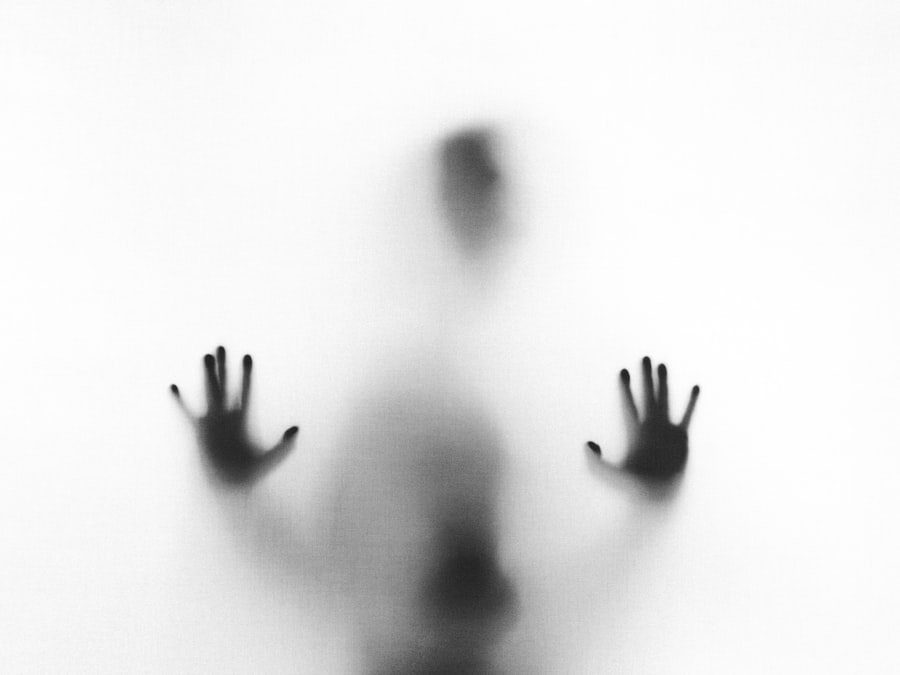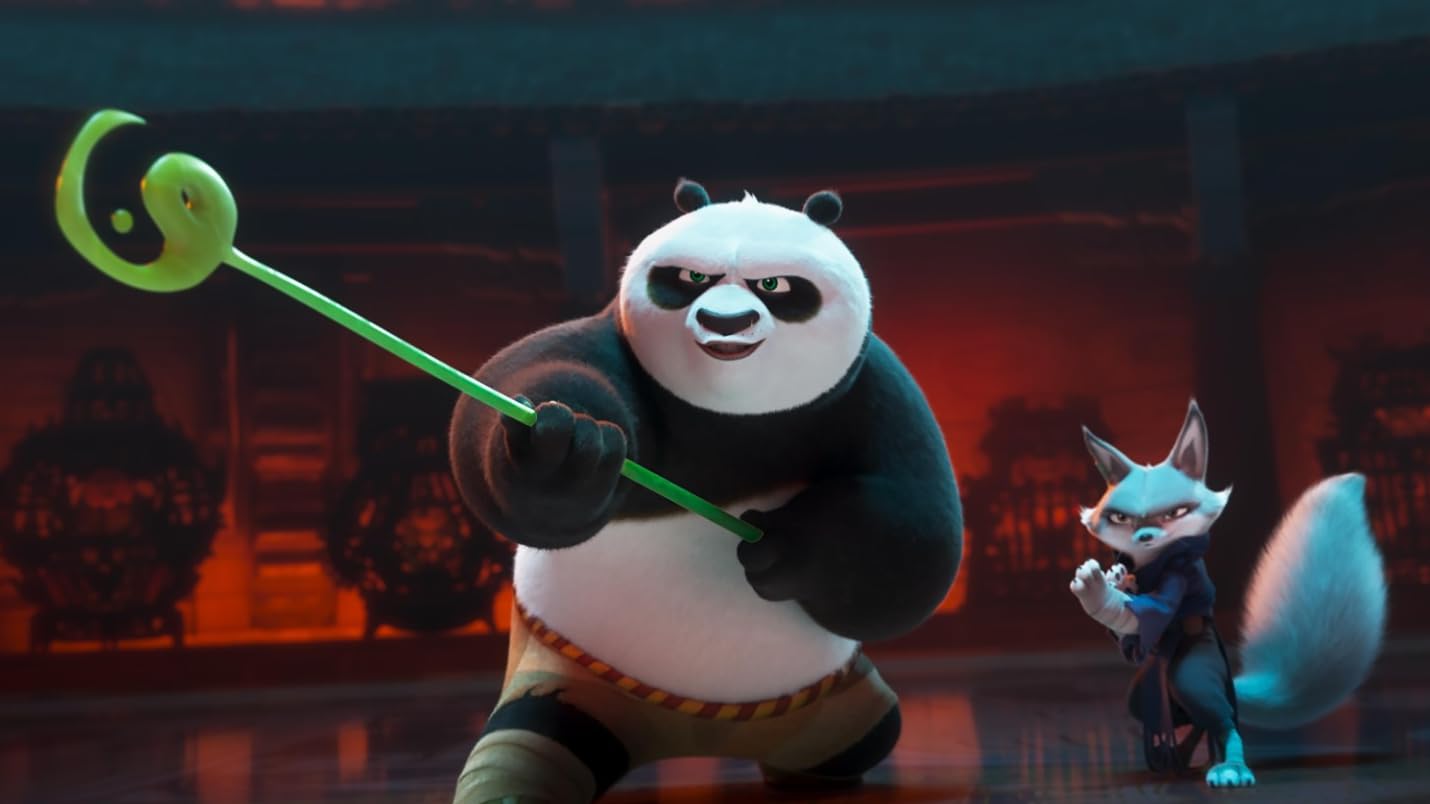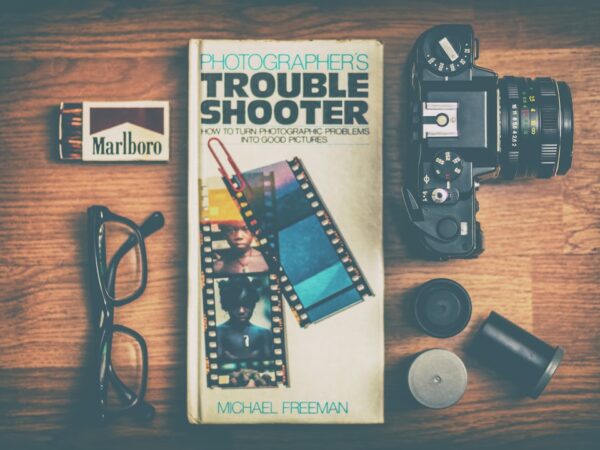
Scare Yourself Silly: The Top 10 Horror Movies of All Time
Horror movies have been a staple of the film industry for decades, captivating audiences with their ability to scare and thrill. From the early days of silent films to the modern era of CGI and special effects, horror movies have evolved and adapted to the changing tastes of audiences. But what is it about horror movies that continues to captivate us?
The history of horror movies dates back to the late 19th century, with the release of films like Georges Méliès’ “Le Manoir du Diable” (1896) and F.W. Murnau’s “Nosferatu” (1922). These early films laid the foundation for what would become a popular genre, exploring themes of fear, suspense, and the supernatural. Over the years, horror movies have continued to push boundaries and challenge audiences with their disturbing imagery and shocking storylines.
One reason why people enjoy being scared is the adrenaline rush that comes with it. When we watch a horror movie, our bodies release adrenaline, which triggers our fight-or-flight response. This physiological reaction can be thrilling and exhilarating, providing a temporary escape from our everyday lives. Additionally, horror movies allow us to confront our fears in a controlled environment. By watching scary movies, we can experience fear in a safe and controlled way, knowing that it’s all just fiction.
Key Takeaways
- Horror movies continue to captivate audiences today due to their ability to evoke fear and suspense.
- The Shining is an iconic masterpiece of psychological horror that explores the descent into madness.
- The Exorcist is a terrifying exploration of demonic possession and the battle between good and evil.
- Psycho is a classic thriller that redefined the genre with its shocking twist ending.
- Halloween is a slasher film that spawned a franchise and popularized the trope of the unstoppable killer.
- The Silence of the Lambs is a chilling tale of serial killers and cannibalism that won multiple Academy Awards.
- The Texas Chainsaw Massacre is a gruesome cult classic that still shocks audiences with its raw brutality.
- Rosemary’s Baby is a haunting tale of satanic rituals and motherhood that explores the fear of the unknown.
- The Ring is a Japanese horror film that spawned a Hollywood remake and popularized the trope of the cursed videotape.
- Get Out is a modern horror film that tackles racism and social issues, using horror as a metaphor for real-world fears.
The Shining: An Iconic Masterpiece of Psychological Horror
“The Shining” is widely regarded as one of the greatest horror movies ever made. Directed by Stanley Kubrick and based on Stephen King’s novel of the same name, the film tells the story of Jack Torrance (played by Jack Nicholson), a writer who takes a job as the winter caretaker of the isolated Overlook Hotel. As Jack’s sanity begins to unravel, he becomes increasingly violent and dangerous.
“The Shining” is not your typical horror movie. Instead of relying on jump scares and gore, Kubrick creates a sense of dread and unease through his masterful use of cinematography, music, and atmosphere. The film is filled with iconic scenes, such as the elevator of blood, the creepy twins, and the famous “Here’s Johnny!” moment. These images have become ingrained in popular culture and are instantly recognizable to horror fans.
One of the major themes of “The Shining” is the idea of isolation and madness. The Overlook Hotel serves as a metaphor for Jack’s deteriorating mental state, as he becomes consumed by the evil forces that reside within its walls. The film also explores the concept of the “haunted house,” a common trope in horror movies. However, instead of relying on supernatural elements, Kubrick focuses on the psychological horror of being trapped in a place that slowly drives you insane.
The Exorcist: A Terrifying Exploration of Demonic Possession
“The Exorcist” is often considered one of the scariest movies ever made. Directed by William Friedkin and based on William Peter Blatty’s novel of the same name, the film tells the story of a young girl named Regan (played by Linda Blair) who becomes possessed by a demonic entity. Her mother seeks the help of two priests to perform an exorcism and save her daughter’s soul.
“The Exorcist” is not just a horror movie; it is also a deeply religious film that explores themes of faith, doubt, and the battle between good and evil. The film’s portrayal of demonic possession is both terrifying and disturbing, with Regan’s transformation into a monster being one of the most memorable scenes in horror movie history. The film’s use of practical effects and makeup adds to its realism and makes it even more unsettling.
Upon its release in 1973, “The Exorcist” caused a major controversy due to its explicit content and disturbing imagery. Many critics and religious groups condemned the film for its portrayal of demonic possession and its graphic depiction of violence. However, despite the controversy, “The Exorcist” was a massive commercial success and became one of the highest-grossing films of all time. It also received critical acclaim and was nominated for ten Academy Awards, including Best Picture.
Psycho: The Classic Thriller That Redefined the Genre
| Metrics | Data |
|---|---|
| Title | Psycho: The Classic Thriller That Redefined the Genre |
| Director | Alfred Hitchcock |
| Release Date | June 16, 1960 |
| Box Office | 50 million (worldwide) |
| Runtime | 109 minutes |
| Genre | Thriller, Horror, Mystery |
| Cast | Anthony Perkins, Janet Leigh, Vera Miles, John Gavin |
| Awards | 4 Academy Award nominations, including Best Director |
| Legacy | Considered one of the greatest films of all time and a landmark in the horror genre |
“Psycho” is a classic thriller directed by Alfred Hitchcock and released in 1960. The film tells the story of Marion Crane (played by Janet Leigh), a secretary who steals money from her employer and goes on the run. She ends up at the Bates Motel, where she encounters Norman Bates (played by Anthony Perkins), a young man with a troubled past.
“Psycho” is known for its iconic shower scene, in which Marion is brutally murdered by an unknown assailant. This scene shocked audiences at the time and is still considered one of the most memorable moments in film history. Hitchcock’s use of suspense and surprise is masterful, keeping viewers on the edge of their seats throughout the film.
One of the major themes of “Psycho” is the duality of human nature. Norman Bates is portrayed as a sympathetic character, but he also has a dark side that is revealed as the film progresses. This exploration of the human psyche was groundbreaking at the time and influenced many future horror movies. “Psycho” also challenged traditional gender roles, with Marion Crane being a strong and independent woman who defies societal expectations.
Halloween: The Slasher Film That Spawned a Franchise
“Halloween” is a slasher film directed by John Carpenter and released in 1978. The film tells the story of Michael Myers, a deranged killer who escapes from a mental institution and returns to his hometown to stalk and kill a group of teenagers. The film is known for its suspenseful atmosphere, memorable score, and iconic villain.
“Halloween” is credited with popularizing the slasher sub-genre of horror movies. It introduced many of the tropes that would become synonymous with the genre, such as the masked killer, the final girl, and the high body count. The film’s use of tension and violence created a sense of dread that kept audiences on the edge of their seats.
One of the reasons why “Halloween” was so successful is its relatability. The film takes place in a suburban neighborhood on Halloween night, a setting that is familiar to many viewers. This sense of familiarity makes the horror feel more real and immediate, heightening the tension and fear. “Halloween” also explores themes of evil and the nature of fear, with Michael Myers representing the embodiment of pure evil.
The Silence of the Lambs: A Chilling Tale of Serial Killers and Cannibalism

“The Silence of the Lambs” is a psychological horror film directed by Jonathan Demme and released in 1991. The film tells the story of Clarice Starling (played by Jodie Foster), a young FBI trainee who is tasked with interviewing Dr. Hannibal Lecter (played by Anthony Hopkins), a brilliant psychiatrist and cannibalistic serial killer, in order to gain insight into another serial killer known as Buffalo Bill.
“The Silence of the Lambs” is known for its chilling performances, particularly Anthony Hopkins’ portrayal of Hannibal Lecter. His calm and composed demeanor, combined with his intelligence and manipulative nature, make him one of the most memorable villains in film history. The film’s exploration of mental illness and gender adds another layer of complexity to its narrative.
One of the major themes of “The Silence of the Lambs” is the power dynamics between men and women. Clarice Starling is a strong and determined woman in a male-dominated field, and she must navigate the challenges and obstacles that come with it. The film also delves into the psychology of serial killers, exploring their motivations and the nature of evil. “The Silence of the Lambs” was a critical and commercial success, winning five Academy Awards, including Best Picture.
The Texas Chainsaw Massacre: A Gruesome Cult Classic That Still Shocks Today
“The Texas Chainsaw Massacre” is a cult classic horror film directed by Tobe Hooper and released in 1974. The film tells the story of a group of friends who are terrorized by a family of cannibals, led by the chainsaw-wielding Leatherface. The film is known for its intense violence and gore, as well as its gritty and realistic style.
“The Texas Chainsaw Massacre” is often cited as one of the most influential horror movies of all time. Its low-budget production and documentary-like style created a sense of realism that was unprecedented at the time. The film’s use of gore and violence shocked audiences and pushed the boundaries of what was acceptable in mainstream cinema.
One of the reasons why “The Texas Chainsaw Massacre” is so effective is its relentless pace and unrelenting tension. From the opening scene to the final moments, the film never lets up, creating a sense of dread that is palpable. The character of Leatherface has become an iconic figure in horror movie history, with his mask made from human skin and his chainsaw-wielding antics.
Rosemary’s Baby: A Haunting Tale of Satanic Rituals and Motherhood
“Rosemary’s Baby” is a psychological horror film directed by Roman Polanski and released in 1968. The film tells the story of Rosemary Woodhouse (played by Mia Farrow), a young woman who becomes pregnant and begins to suspect that her neighbors are part of a satanic cult. As her paranoia grows, Rosemary becomes increasingly isolated and trapped in a web of conspiracy.
“Rosemary’s Baby” is a haunting and atmospheric film that explores themes of motherhood, power, and the supernatural. The film’s portrayal of Rosemary’s descent into madness is both disturbing and compelling, with Mia Farrow delivering a powerful performance. Polanski’s use of suspense and ambiguity adds to the film’s sense of unease, keeping viewers guessing until the very end.
One of the major themes of “Rosemary’s Baby” is the idea of female empowerment and the control of women’s bodies. Rosemary is manipulated and exploited by the men in her life, who use her for their own nefarious purposes. The film also explores the concept of motherhood and the sacrifices that women make for their children. “Rosemary’s Baby” was a critical and commercial success, earning several Academy Award nominations and solidifying Polanski’s reputation as a master of psychological horror.
The Ring: A Japanese Horror Film That Spawned a Hollywood Remake
“The Ring” is a Japanese horror film directed by Hideo Nakata and released in 1998. The film tells the story of a cursed videotape that causes anyone who watches it to die seven days later. A journalist named Reiko investigates the origins of the tape and tries to uncover the truth behind its deadly curse.
“The Ring” is known for its use of technology and folklore to create a sense of unease. The cursed videotape serves as a metaphor for our obsession with media and our fear of the unknown. The film’s slow-burn pacing and atmospheric cinematography add to its sense of dread, making it one of the most effective horror movies of its time.
“The Ring” was a massive success in Japan, spawning several sequels and remakes around the world. The American remake, released in 2002 and directed by Gore Verbinski, introduced the film to a wider audience and became a box office hit. The success of “The Ring” paved the way for other J-horror films to be remade for Western audiences, such as “The Grudge” and “Dark Water.”
Get Out: A Modern Horror Film That Tackles Racism and Social Issues
“Get Out” is a horror film written and directed by Jordan Peele and released in 2017. The film tells the story of Chris, a young African-American man who visits his white girlfriend’s family for the weekend. As the weekend progresses, Chris begins to uncover a dark secret about the family and their treatment of black people.
“Get Out” is not your typical horror movie. It uses the genre to explore themes of racism, identity, and social issues. The film’s commentary on race relations in America struck a chord with audiences and critics alike, earning it widespread acclaim and several Academy Award nominations. Peele’s use of suspense and satire adds another layer of complexity to the film’s narrative, making it both thought-provoking and entertaining.
One of the major themes of “Get Out” is the idea of cultural appropriation and the commodification of black bodies. The film explores how white people often fetishize blackness and use it for their own gain, without truly understanding or respecting the experiences of black people. “Get Out” also delves into the concept of the “sunken place,” a metaphor for the marginalization and erasure of black voices.
The Enduring Appeal of Horror Movies
In conclusion, horror movies continue to captivate audiences today because they tap into our deepest fears and anxieties. Whether it’s the supernatural terror of “The Shining,” the psychological horror of “Psycho,” or the social commentary of “Get Out,” horror movies have the power to provoke strong emotions and challenge our perceptions of the world.
Throughout history, horror movies have pushed boundaries and challenged societal norms. They have explored themes of fear, power, and the human psyche, providing a mirror to our own fears and desires. From the classic films of the past to the modern masterpieces of today, horror movies continue to captivate audiences with their ability to scare and thrill.
So the next time you find yourself sitting in a dark theater, heart pounding and palms sweaty, remember that you are not alone. Horror movies have been captivating audiences for over a century, and they will continue to do so for years to come.
FAQs
What is the article about?
The article is about the top 10 horror movies of all time.
Who wrote the article?
The author of the article is not specified.
What criteria were used to select the top 10 horror movies?
The criteria used to select the top 10 horror movies are not specified.
What are some of the movies on the list?
Some of the movies on the list include The Exorcist, Psycho, The Shining, and Halloween.
When were these movies released?
The release dates of the movies on the list vary, with some being released in the 1960s and others in the 2000s.
Are these movies suitable for children?
Most of the movies on the list are not suitable for children due to their graphic content and themes.
Where can I watch these movies?
These movies can be watched on various streaming platforms, such as Netflix, Hulu, and Amazon Prime, or purchased on DVD or Blu-ray.
Are there any honorable mentions?
The article does not mention any honorable mentions.
Is this list definitive?
No, this list is subjective and not definitive. Other people may have different opinions on what the top 10 horror movies of all time are.


















